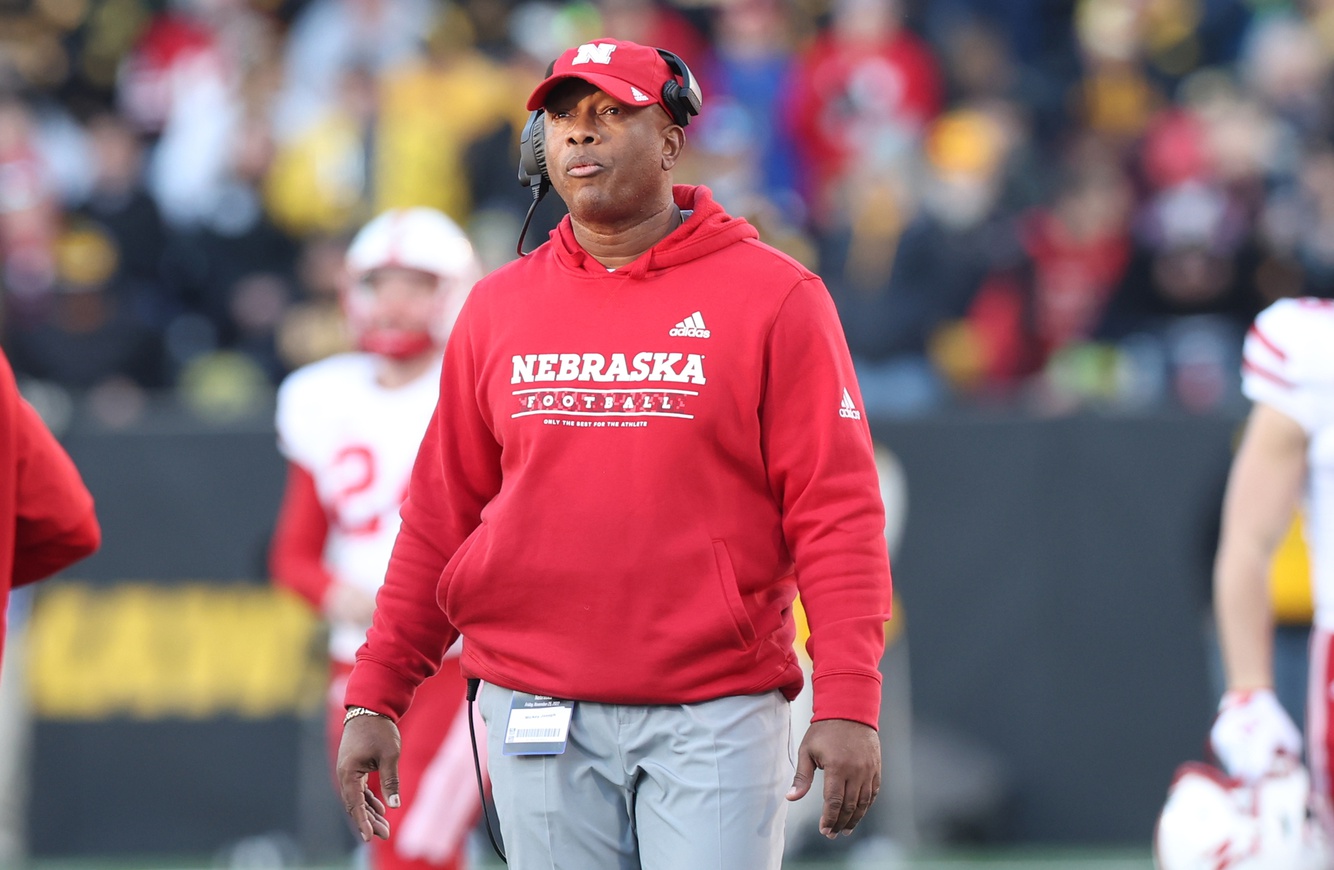Mickey Joseph’s consideration of compensating smaller institutions when more extensive programs recruit their players is gaining interest. The primary objective is to provide a buyout for smaller institutions whose players are recruited by larger colleges/institutions, like the Power Five (P5) schools.
On the one hand, this recognizes these schools’ recruitment and development of players. Yet, pivotal questions exist, such as whether the buyout still applies should the player not receive any NIL (Name, Image, and Likeness) compensation.

Mickey Joseph’s Proposal To Compensate Smaller Schools
What Should BuyoBuyoutsk Like for Non-NIL Players?
Joseph’s proposition begs several questions concerning the details surrounding such buyouts. For instance, if a player does not receive any NIL money, would that still entail buyout-wise, and if so, how would the sum be calculated? Is there a case-by-case basis for every player, or is there a blanket rule for all? These parameters must be ironed out for Joseph’s concept to translate well.
How Should the Size of Schools Impact the Buyouts
An essential question in this line of thought is how the amount would be scaled vis-a-vis school size and power. Should there be any difference in buyobuyoutectation that Ole Miss of the SEC would have to pay an FCS school versus what it’d be for a Mississippi Valley State to pay Delta State for poaching from lower-tier programs?
Buyouts would likely highlight the financial gulf between schools of separate subdivisions. For instance, would that suggest that the buyout is more significant for Division II to Power Five transfers due to considerable increases in competition level and financial resources?
Those nuances will become paramount in creating a system that feels fair to everyone involved, especially smaller schools that would be the most affected by talent poaching.
A New Way to Compensate Smaller Schools
Joseph’s proposal fits in the chasm of ideas that buttress the pressing issue within college football. Small schools such as those mentioned previously will only have difficulty keeping their best players if those players wish to move on to more significant programs.
Through a buyout, these schools would now earn a portion of their investment toward player development, just as coaching contracts are typically built around some form of buyout should the stated coach choose, rightly or wrongly, to leave and pursue greener pastures.
KEEP READING: Oregon’s Dakorien Moore Talks Junior Adams’ Steady Hand and Blocking Out the NIL Hype Himself
Having just that hint of Joseph’s proposal out there could prove to be an effective equalizer in balancing these two very different programs while, at the same time, providing some economic relief for those smaller schools that are used as the development venue for more significant leagues.
College Sports Network has you covered with the latest news, analysis, insights, and trending stories in football, basketball, and more!

